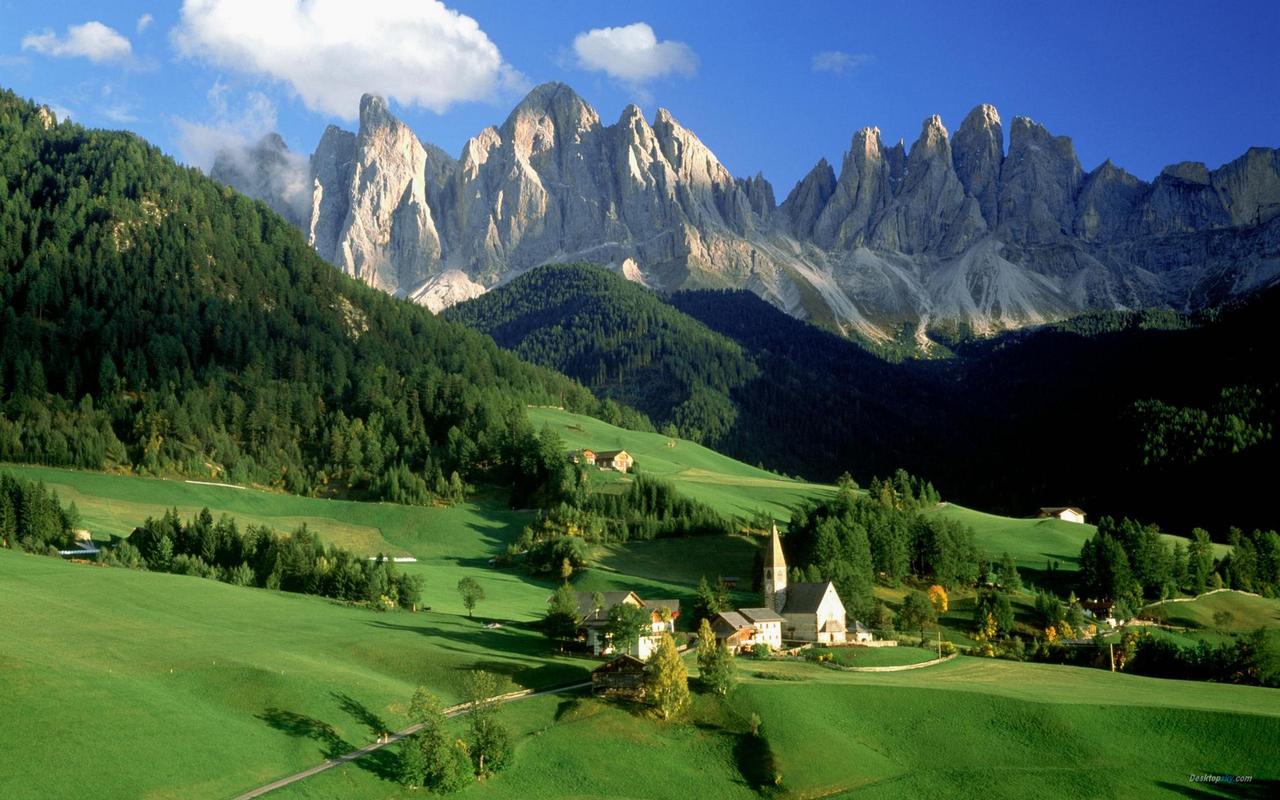Diving Deep Into the Fascinating Cultural Practices of the Philippines
The Philippines is a land of rich cultural heritage and traditions, where the past and present intersect in a melting pot of cultures. With over 7,000 islands, each with its own distinct communities and customs, exploring the Philippines is like stepping into a vibrant tapestry of unique practices that celebrate the country’s diverse history.
From the colorful festivals that showcase the country’s religious devotion to the mouthwatering cuisine that reflects the fusion of local and foreign influences, there’s endless fascination to be discovered in the Philippines’ cultural practices. Let’s take a deeper dive into some of the most fascinating aspects of Philippine culture.
Religious Festivals
Filipinos are known for their ardent faith, and this is evident in the multitude of festivals that pay homage to their patron saints and religious beliefs. The Sinulog Festival in Cebu City, for example, honors the Child Jesus with a lively street parade and dance competition. Meanwhile, the Ati-Atihan Festival in Aklan commemorates the island’s conversion to Christianity by the Spanish conquistadors.
Food Culture
Food is a staple element of any culture, and the Philippines is no exception. The country’s cuisine is a delectable fusion of Malay, Chinese, Spanish, and American influences, with each region boasting its own unique ingredients and flavors. For example, Bicol’s fiery dishes like laing and Bicol express showcase the region’s love for spicy foods, while the Visayan region’s lechon (roast pig) is a must-try.
Bayanihan
Bayanihan is a term that describes the Filipino tradition of helping one another in times of need. This practice can be seen in rural communities where neighbors come together to help a family move to a new house, for instance. This close-knit community spirit also extends to disaster relief efforts, where Filipinos lend a helping hand to those affected by calamities such as typhoons and earthquakes.
Tribal Traditions
Apart from the Catholic traditions that dominate the country, there are also indigenous tribal communities in the Philippines that have preserved their ancestral practices. For example, the Kalinga tribe is known for their traditional tattooing techniques and the Ifugao people’s Banaue Rice Terraces are a remarkable feat of engineering that has been preserved for over 2,000 years.
Filipino Hospitality
Lastly, the Philippines is known for its warm and hospitable people. Visitors are often treated like guests of honor, with locals going out of their way to welcome them and make them feel at home. This hospitality is steeped in Filipino culture and is seen as a virtue that extends beyond just friends and family but to everyone that one encounters.
In conclusion, the Philippines is a treasure trove of cultural practices that showcase the country’s rich history and diversity. From the colorful festivals to the mouthwatering cuisine and the kindness of its people, the Philippines is a truly unique destination that offers an endless fascination to anyone who is willing to dive deep and explore its cultural tapestry.
(Note: Do you have knowledge or insights to share? Unlock new opportunities and expand your reach by joining our authors team. Click Registration to join us and share your expertise with our readers.)
Speech tips:
Please note that any statements involving politics will not be approved.
